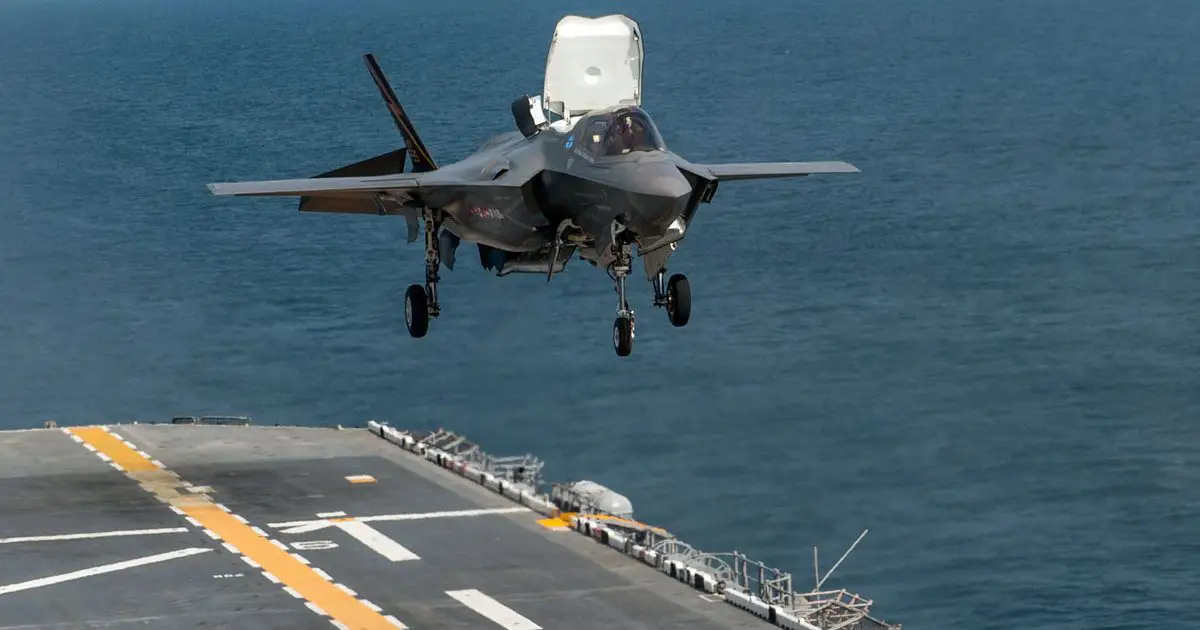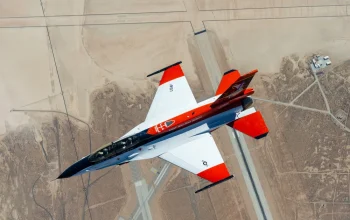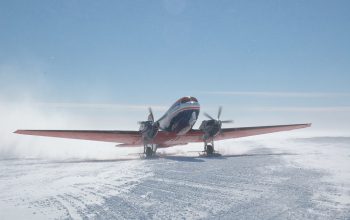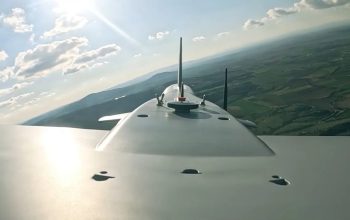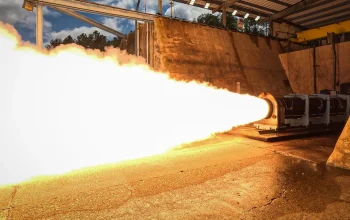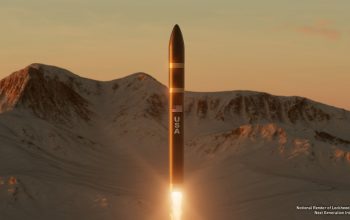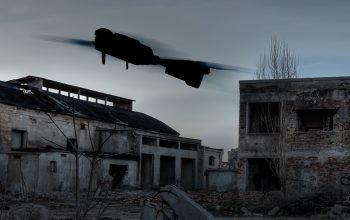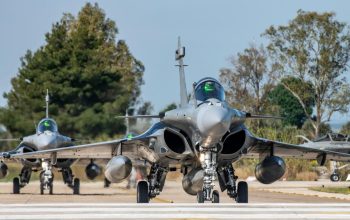The F-35B short takeoff/vertical landing (STOVL) variant is the world’s first supersonic STOVL stealth aircraft. It is designed to operate from austere bases and a range of air-capable ships near front-line combat zones. It can also take off and land conventionally from longer runways on major bases. The U.S. Marine Corps’ F-35B aircraft reached initial operational capability (IOC) on July 31, 2015, and as of January 2017, a squadron of F-35Bs is permanently based at MCAS Iwakuni, Japan. The F-35 will replace AV-8B Harrier IIs in the Marine Corps inventory. F-35B aircraft have been delivered to the U.S. Marines and the UK. U.S. STOVL aircraft are stationed at the first operational F-35B base, Marine Corps Air Station Yuma, Arizona, and Marine Corps Air Station Beaufort, South Carolina, where F-35B training is taking place. The first UK F-35Bs are located at RAF 17 Squadron, Edwards AFB, California, where operational testing is being conducted. The Italian Air Force will also operate the F-35B.
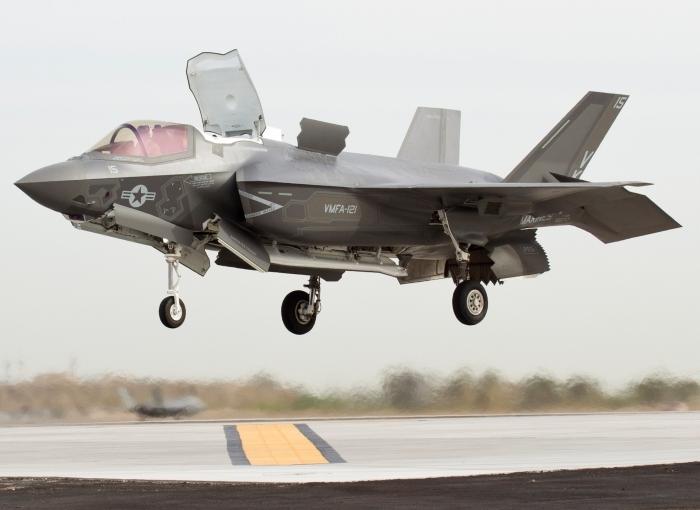
Designed to operate from austere bases and a range of air-capable ships with its short takeoff/vertical landing capability, the F-35B can also takeoff and land conventionally from longer runways on major bases. The F-35B has a Lift Fan just behind the cockpit and an engine that can swivel 90 degrees when in short takeoff/vertical landing mode. The F-35B STOVL operation is made possible through the Rolls-Royce patented shaft-driven LiftFan® propulsion system and an engine that can swivel 90 degrees when in short takeoff/vertical landing mode. Because of the LiftFan®, the STOVL variant has a smaller internal weapon bay and less internal fuel capacity than the F-35A. It uses the probe-and-drogue method of aerial refueling.
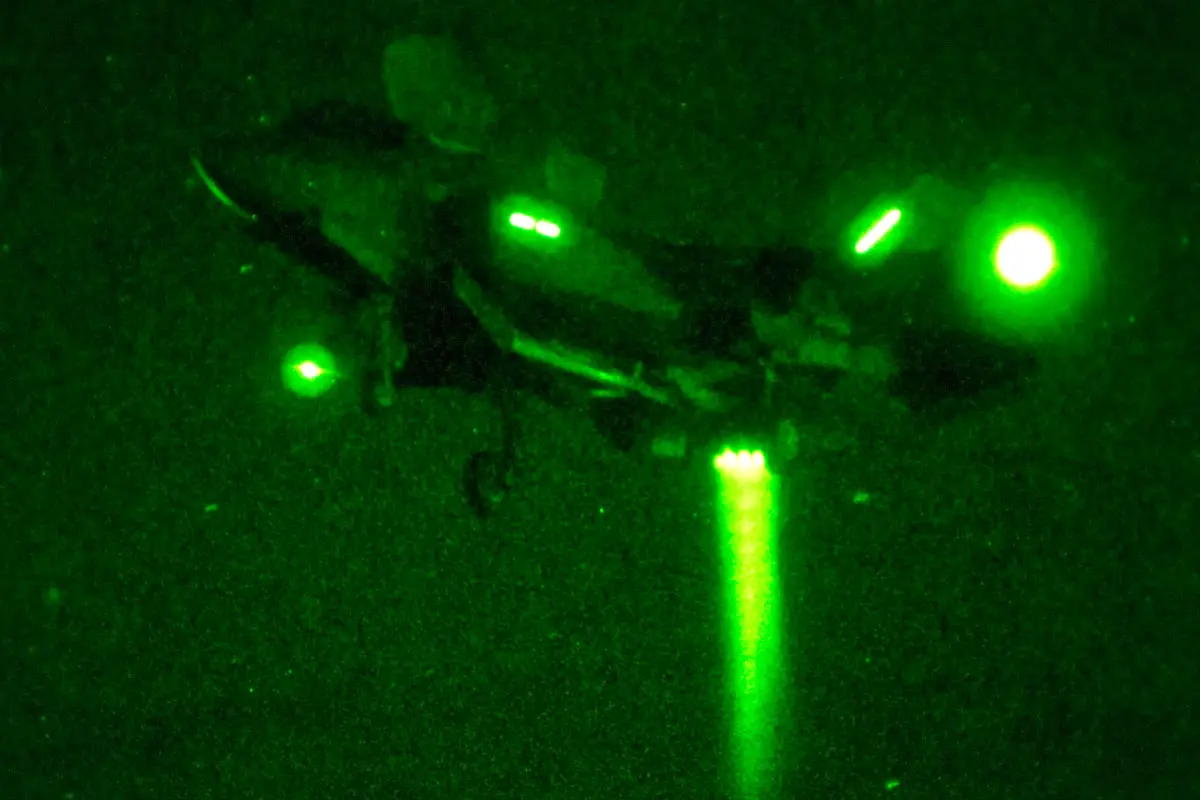
The F-35’s low observable stealth allows it to safely enter areas without being seen by radars that 4th generation fighters cannot evade. The combination of the stealth features, the F-35’s active electronically scanned array (AESA) radar technology, and the aircraft’s ability to carry weapons internally means the F-35 can engage ground targets at long ranges without detection and use precision weapons to successfully complete air-to-ground missions. Integrated sensors, information and weapons systems—combined with speed and maneuverability— are critical to the F-35’s air superiority. In air combat, 4th generation aircraft have a higher radar cross-section, which means they can more easily be seen by enemy fighters. A 5th generation fighter has a lower radar cross-section to allow the F-35 pilot to see the other aircraft first and take action.
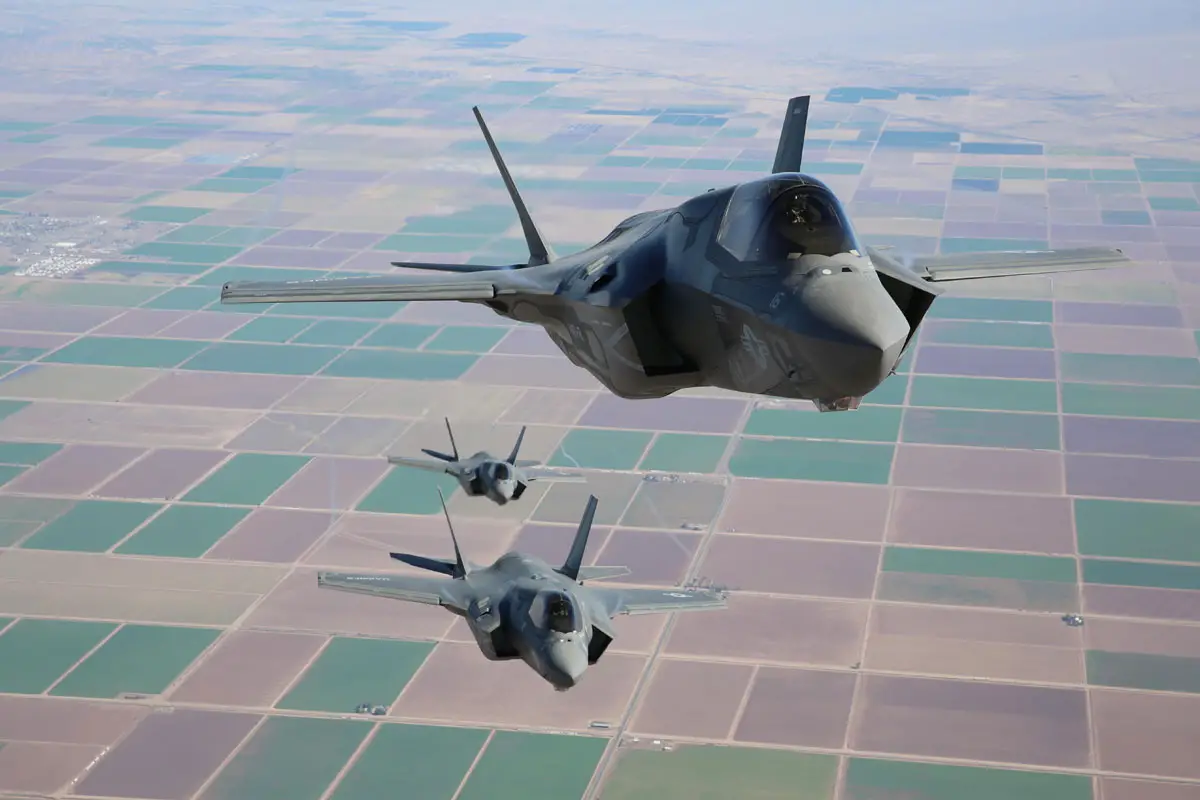
F-35B Lightning II
